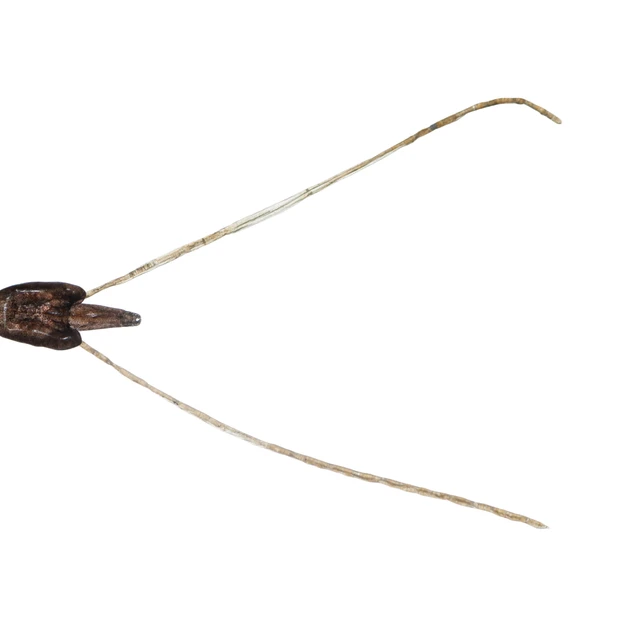How hydrogen peroxide helps control sea lice in fish farms
There are a range of measures available to fish farms to control sea lice. Hydrogen peroxide (H2O2) is one of the key tools at their disposal. Sea lice use suction to stick to their salmon hosts. There are enzymes called catalases naturally present in the tissues of a sea louse. Catalases break down H2O2 into oxygen (O2) and water (H2O). The H2O2 bath treatments used in aquaculture immerse the fish in an H2O2 solution. That gives the catalases in the sea lice time to react with and break down the H2O2. The gaseous bubbles that result from the reaction within the sea lice damage and weaken them. That means they can no longer maintain suction and lose their grip on their host fish.
H2O2 in aquaculture – from peak use to falling demand
Once the bath treatment is complete, farms release the residual H2O2 into the open sea. This practice is generally considered to be low-risk, as H2O2 naturally degrades to water and oxygen after some time. The benefits of H2O2 treatments have led to its widespread adoption since its introduction in the early 1990s. H2O2 reached peak use in 2015. In that year in Norway alone, farms used a total of 43,200MT, according to a recent scientific paper. But since then, a number of factors have led to a decline in its use. Key among these are sea lice resistance and increasing concerns about the impact of residual H2O2 levels on the marine environment.
Catalases – part of a winning solution
The catalases that play a key role in H2O2 treatments are a potential solution to the problem of residual H2O2 entering the marine environment. Catalases are found throughout nature. They’re present in most living organisms that grow in the presence of oxygen. For decades, industrial enzyme producers have harnessed their power to help the textile industry clean up residual bleach. They’re also used to clean-up residues of the H2O2 used in cheese making. Now, they’re being put to good use in an innovative sea lice treatment that’s won €1.277m in funding from a scheme to support sustainable aquaculture. The triple-impact treatment combines Pulcea’s acoustic technology, Aqua Pharma’s hydrogen peroxide treatment and Novozymes catalase H2O2 clean-up technology. The result is highly efficient yet gentle sea lice removal that’s suitable for use even in environmentally sensitive areas.




